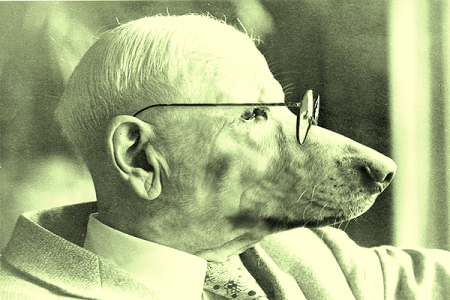The dramatic increase in average life expectancy during the 20th century ranks as one of society’s greatest achievements. The possibility that extraordinary life spans could become ordinary life spans no longer seems far-fetched. And that’s good news for Generation NeXt.
To infinity… and beyond!
A centenarian is a person who has attained the age of 100 years or more and they are the fastest-growing segment of the population. According to a U.S. Census Bureau Special Report (1999), in 1950 there were 2,300 centenarians in the United States. In 2015, the count had increased to 72,000 strong (Pew Research Center – 2016). By 2050, demographers suggest that there will be at least 400,000 Americans age 100 or older, with a whopping 3.7 million centenarians across the globe. Attention Walmart shoppers: senior discounts!
Going Methuselah?
Although sometimes used as synonyms, “longevity” is not the same as “life expectancy.” Longevity refers to the outer limits of the human lifespan and is genetic. It has remained more or less the same for thousands of years. The longest unambiguously documented human lifespan is that of Jeanne Calment of France (see: You’re old… groaning like a geezer), who died in 1997 at age 122 years, 164 days.
While longevity is one’s maximum potential age, life expectancy is the oldest age in that lifespan that we’re likely to reach. It is a calculation performed by life insurance and pension plan companies and refers to the number of years that the average person is expected to live in the “real world” of car accidents, cancer, and fried Twinkies.
To calculate life expectancy, actuaries imagine a large group of people—say, 100,000—born in a particular year. Statistically they project when these people are expected to croak: a few will die as infants, children, or young adults; some will check out in middle age; most will kick the bucket in old age, and for a fortunate few, in extreme old age. They then take the average age of death of all 100,000 people and that number is the group’s life expectancy. Increased life expectancy is largely due to better nutrition, modern medicine, and other environmental (non-inborn) factors.
Age to perfection.
Nowadays, oldsters are remaining healthier, longer. A report in The Journals of Gerontology (2013) found that 42% of people age 65 to 69, and 33% age 75 to 79, say they are in excellent or very good health. Some 56% of Americans 85 and older say they have no limitations on their ability to work or to live their lives. Woo hoo—surf’s up, geezers!
 This also holds true for mental health. After dipping in the child rearing years, well-being makes a strong comeback in the late 40s or early 50s (see: Don’t worry, be happy!). Responsibilities and obligations diminish, children leave, grandkids hatch, and expectations adjust downward to align with reality. Overall happiness tends to soar during old age, exceeding that experienced in the carefree days of youth.
This also holds true for mental health. After dipping in the child rearing years, well-being makes a strong comeback in the late 40s or early 50s (see: Don’t worry, be happy!). Responsibilities and obligations diminish, children leave, grandkids hatch, and expectations adjust downward to align with reality. Overall happiness tends to soar during old age, exceeding that experienced in the carefree days of youth.
So, how many birthdays are you likely to experience? Two popular tools to help estimate your life expectancy are Living to 100 and How Long Will I Live?. Both incorporate variables like family history, personal health, and socio-economic status. Also check out Blue Zones’ Vitality Compass. This particular calculator helps forecast “healthy-life expectancy,” or the age a person will reach before being diagnosed with heart disease, diabetes, or cancer.
Or, ask your friends! A study published in Psychological Science (2015) found that a person’s personality in their 20s, as seen by their friends, can significantly affect their long-term physical health and longevity. Male participants who were seen as more conscientious and open lived longer lives. So did female participants who were seen as being emotionally stable and social. That’s what friends are for!
Live long and prosper.
~ Mr. Spock, human-Vulcan in Star Trek
Learn more about this, and other interesting topics, in the Young Person’s Guide to Wisdom, Power, and Life Success.
Image credit: “Senior adult cycling” by Oleg Dudko, licensed from 123rf.com (2016).






















